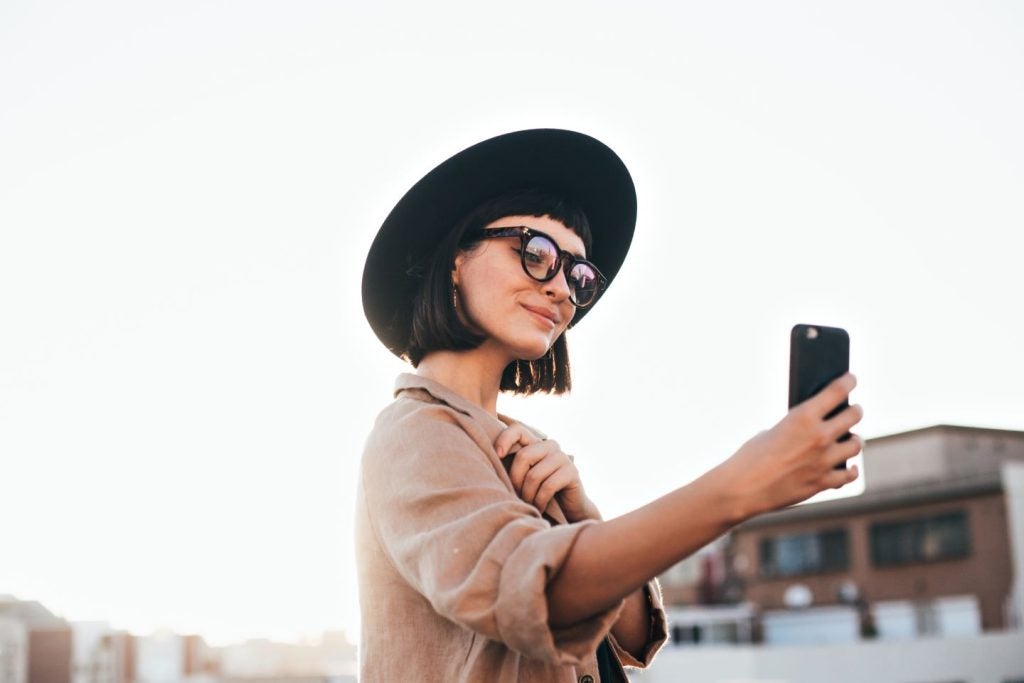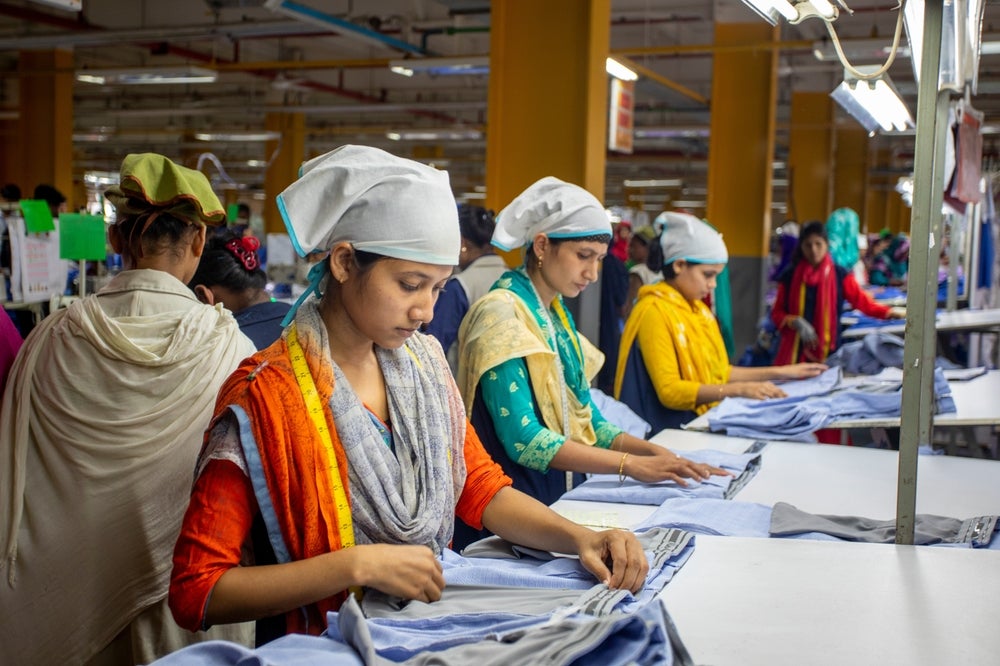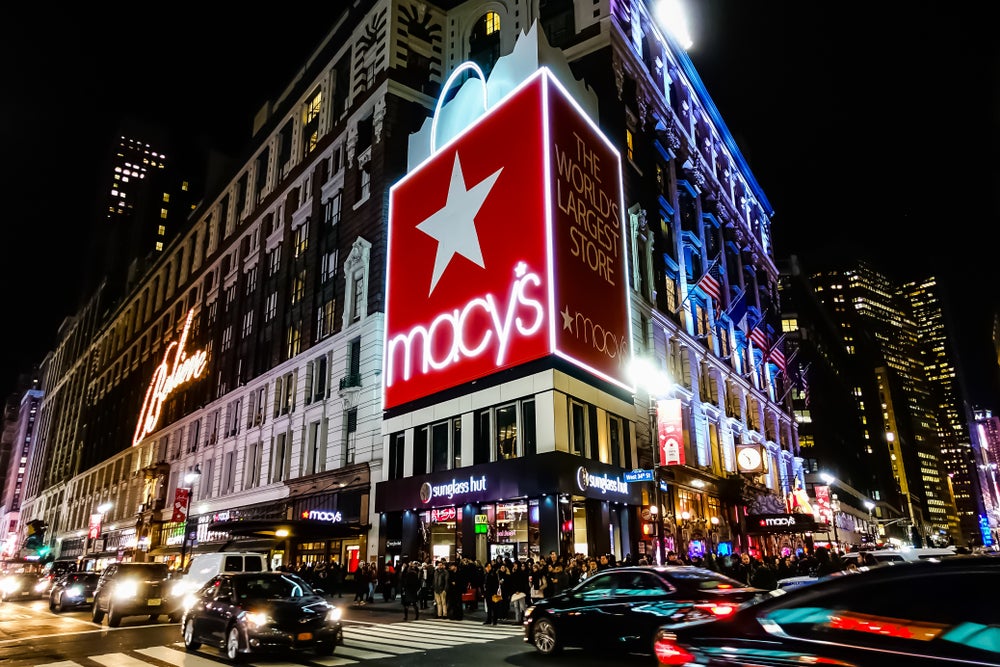When it comes to fashion marketing, the world has changed phenomenally from the good old days of television and magazine ads and advertorials. It’s not even celebrity endorsements that are driving sales. Instead, it’s the average Joe on social media platforms, modelling the adverts and driving traffic to the brands.
According to McKinsey & Co’s latest report, the average Joe is about to get even more average with suggestions audiences are responding better to a fashion influencer they can relate to.
It comes amid a backdrop of falling social platform engagement rates. Instagram engagement rates fell 30% year on year in 2022 and post reach diminished.
“Consumers are showing signs of fatigue towards traditional influencer marketing after years of being bombarded with product promotions and brand announcements,” reads the report.
According to the latest findings of its State of Fashion 2024 Consumer Survey:
- 68% of respondents were unhappy about the high volume of sponsored content on social media platforms
- 65 percent were turning less to fashion influencers than a few years ago.
“Young consumers are becoming particularly adept at tuning out the noise. One study found Gen-Z loses active attention for advertising after just 1.3 seconds.”
But even in this climate, influencers continue to be a powerful channel for brands to break through the noise and connect with consumers, with the influencer-marketing industry forecast to reach $21.1bn in 2023, up from $16.4bn in 2022.
What is proving a winning recipe is influencers that are authentic and relatable.
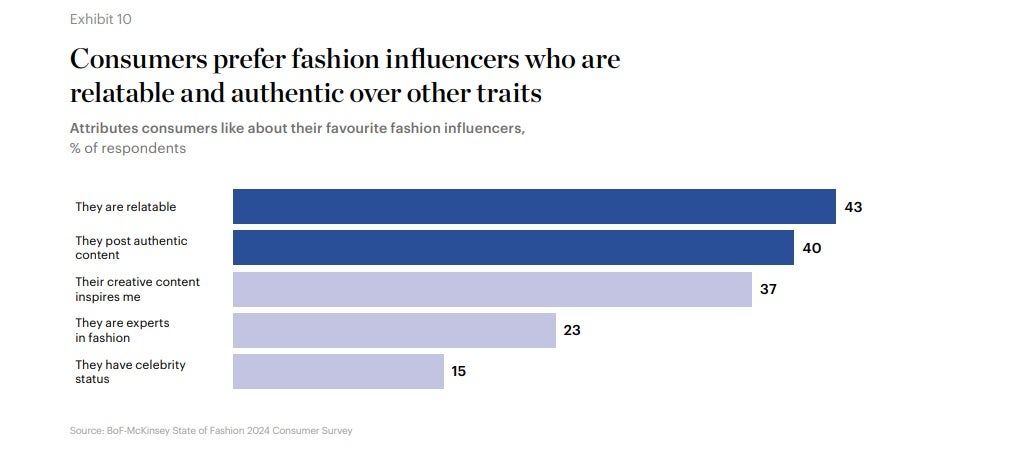
“The changing dynamics are reflected in where users spend their time online. TikTok, often regarded as a platform that promotes authenticity, has taken the lead among some user groups," the report reads.
“TikTok’s success, which has prompted Instagram to emulate the platform with its Reels video feature, is based largely on how it surfaces content, emphasising measures such as the time users spend on a post and whether they return. As a result, any creative and entertaining content can reach a wide audience, even if the creator doesn’t have a high number of followers
“Though consumers have rewarded greater authenticity online for some time, it is becoming more pronounced as influencers emphasise their individuality. Gen-Z in particular value pursuing their own unique identities and appreciate diversity among other attributes, according to a Stanford University study.”
The report goes on to say that while traditional influencers who convey an aspirational lifestyle and command large audiences are likely to remain important for fashion marketing, other influencers “who come across as less scripted or polished” are already gaining audiences.
“Quirkiness, humour and vulnerability are helping this cohort stand out. While the styles of these creators differ, what unites them is their off-beat, personal approaches to creating content, which reads as being authentic to who they are rather than pursued purely for “likes” or to convey an unattainable ideal.
“Fashion brands are embracing these personalities and seeing the benefits.”
Creativity is key for fashion influencer success
McKinsey's report encourages brands to look beyond highly polished product promotions and push boundaries by developing innovative and surprising campaigns that resonate with followers and reach new audiences such as "actionable entertainment” that holds users’ attention and can gain greater reach from the platform’s content algorithm, among other benefits. Brands should also consider incorporating humour, self-awareness and unfiltered tones into short videos and other popular social media formats.
"Because some of the most successful creators build their own online worlds, brands that partner with them might want to empower them with a degree of creative control. Rather than simply gifting items or sponsoring posts, they can collaborate closely to integrate the brand’s presence into the influencer’s content style. In the most ideal collaborations, a brand finds an avenue to convey its message and perspective in a manner that feels seamless and authentic.
“Of course, fashion businesses should still exercise diligence to minimise potential image risks when taking new creative directions. But new directions are also likely to lead to some of the greatest rewards.”
The findings correlate with data from the UK Apparel Insights October report by GlobalData which revealed 20.4% of fashion purchases are influenced by social media influencers. Of those the highest numbers that are influenced by influencers are in the 16-24 category at 52.1% followed by 40.3% of 25-34 year olds and 35-44 year olds.
31.3% of UK apparel shoppers agreed that social media platforms influence their apparel purchases, making it the most important factor after friends and family.
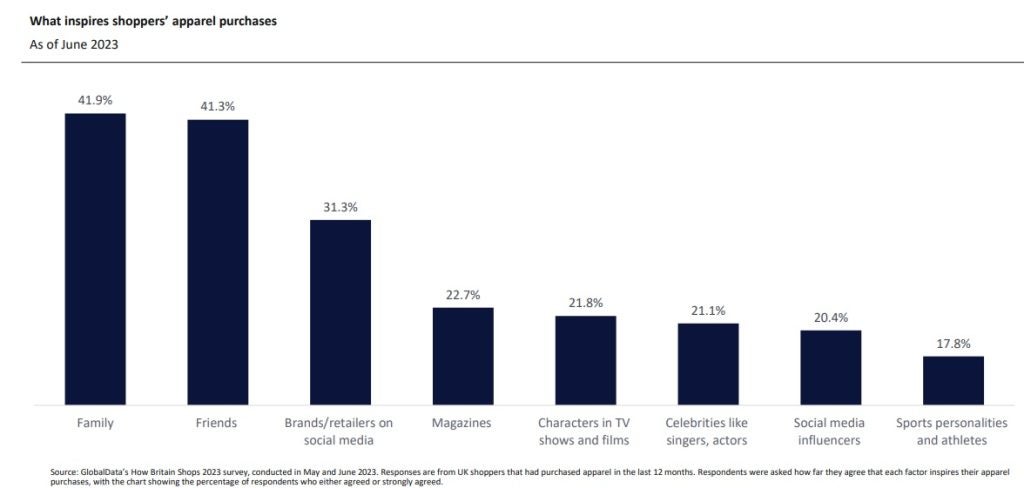
Source: GlobalData.
According to GlobalData 20.4% of fashion purchases are influenced by social media influencers. Of those the highest numbers that are influenced by influencers are in the 16-24 category at 52.1% followed by 40.3% of 25-34 year olds and 23.4% of 35-44 year olds.
“Retailers and brands should utilise these personalities to gain the attention of consumers, through both sponsored social media posts and brand collaborations,” reads the report.
Our signals coverage is powered by GlobalData’s Thematic Engine, which tags millions of data items across six alternative datasets — patents, jobs, deals, company filings, social media mentions and news — to themes, sectors and companies. These signals enhance our predictive capabilities, helping us to identify the most disruptive threats across each of the sectors we cover and the companies best placed to succeed.


